-
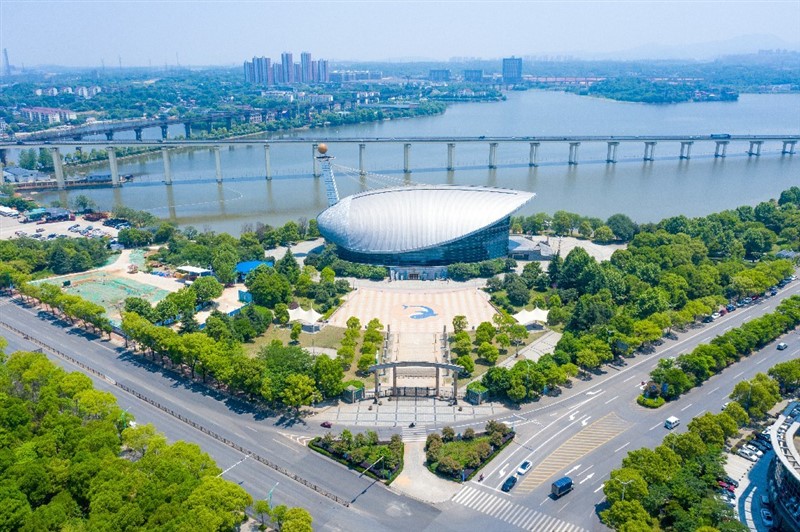
- Baishui Lake Park
- Baishui Lake ParkNine-Dragon Column Carved on the column are auspicious dragons. They have heads and necks or lowered heads and protruded eyes, as if poised to soar heavenwards. Said to be able to control the forces of nature, the dragon symbolizes a thriving society and economic booms.
2021-04-19 15:52
MORE
-
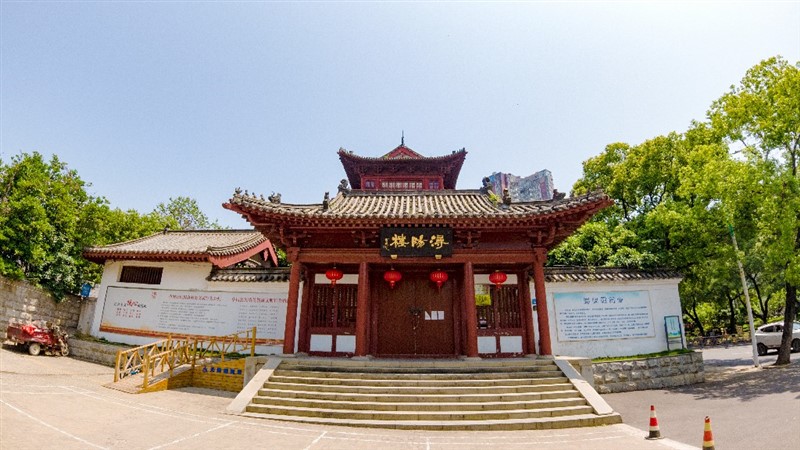
- Xunyang Tower
- Xunyang TowerXunyang Tower derives its name from “Xunyang”, which was the former name of Jiujiang. It originally served as a restaurant. Standing on the banks of the river, it was frequented by literati in the past. It became famous because Song Jiang, a main character in the classic Water Margin by Shi Naian, wrote an ironic poem on the tower when drunk. Rebuilt in 1987 in imitation of the Song Dynasty architecture, the present Xunyang Tower has three storeys outside and four storeys inside.
2021-04-19 15:51
MORE
-
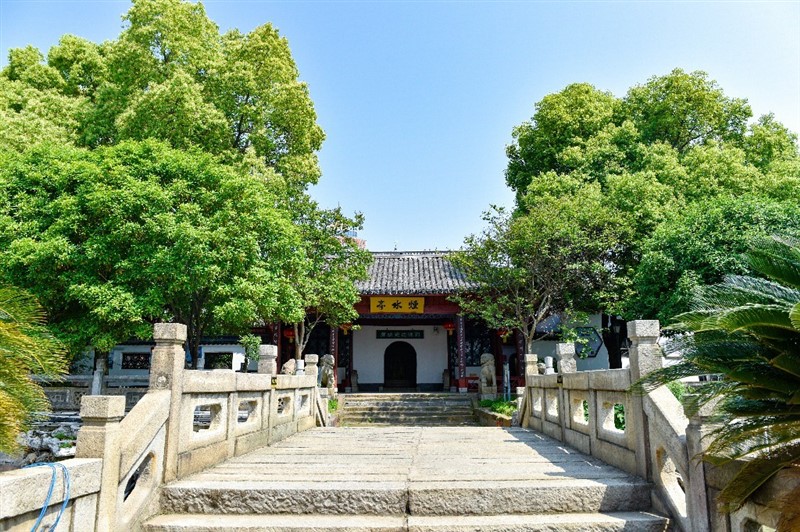
- Yanshui Pavilion
- Yanshui PavilionLegend has it that it was a site used by Zhou Yu (a celebrated general during the Three Kingdoms period) to marshal his forces. Bai Juyi first built the pavilion in the middle of the lake, and named it “Jinyue Pavilion” based on the “At parting the river seems steeped in moonlight” in the Song of the Lute Player. When Zhou Shou, son of Zhou Dunyi, returned to Jiangzhou to tend to his father’s tomb, he built another pavilion on the bank of the lake. He named it “Yanshui (mist and water) Pavilion” in reference to the line “mountain and water cloaked in mist”. Both pavilions were destroyed later. At the end of Ming Dynasty, Yanshui Pavilion was rebuilt on the original site. It had the structure as it looks today since the Guangxu reign of the Qing Dynasty. After the founding of the People’s Republic of China, it has been placed under maintenance and repair. The Jiuqu Bridge which connects the lakeside was built in 1972.
2021-04-19 15:51
MORE
-
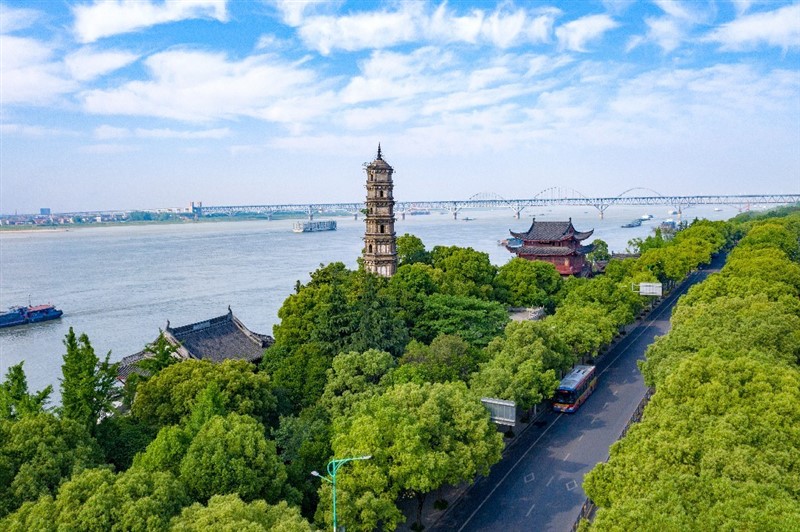
- Suojiang Tower and Suojiang Pagoda
- Suojiang Tower and Suojiang PagodaIn the 14th year (AD 1586) of the Wanli reign of the Ming Dynasty, Wu Xiu, the magistrate of Jiujiang, ordered the construction of Suojiang Tower and Suojiang Pagoda to tame the raging water and promote cultural development. The present Suojiang Tower was rebuilt in 1986 in imitation of Ming Dynasty architecture. The pagoda still stands on the bank of Xunyang River after more than 400 years. It was designated as a “key cultural heritage site under state protection” in 2013.
2021-04-19 15:50
MORE
-
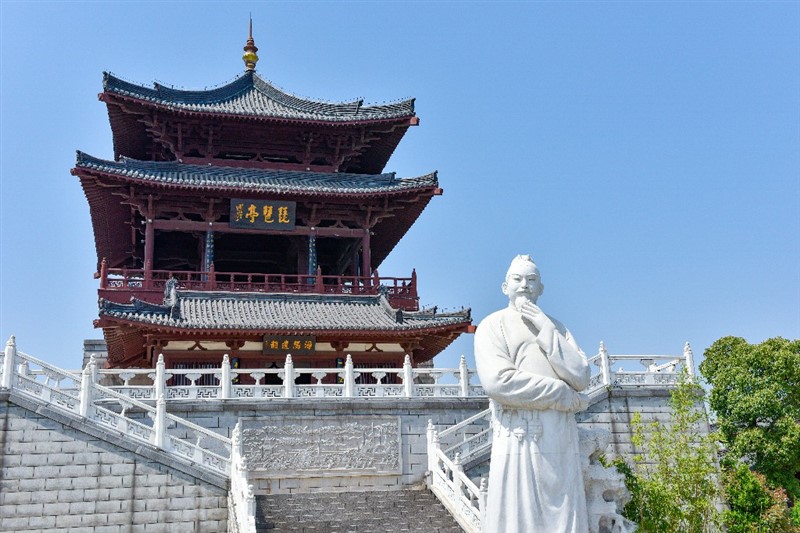
- Pipa Pavilion
- Pipa PavilionBuilt in the Tang Dynasty, Pipa Pavilion (Pipa, a Chinese lute) derives its name from the poem Song of the Lute Player. In the tenth year (815 AD) of the Yuanhe Reign of the Tang Dynasty, poet Bai Juyi was demoted as the defense minister of Jiangzhou. When seeing a guest off at the estuary of the Penjiang River the following year, he heard a female Lute Player playing a song full of bitter-sweet beauty, which reminded him of his frustrated career. He then wrote a long narrative poem Song of the Lute Player that has been handed down the ages. People of Jiangzhou (now Jiujiang) erected a pavilion at the place where he saw the guest off and named it “Pipa Pavilion” after the poem.
2021-04-19 11:40
MORE




